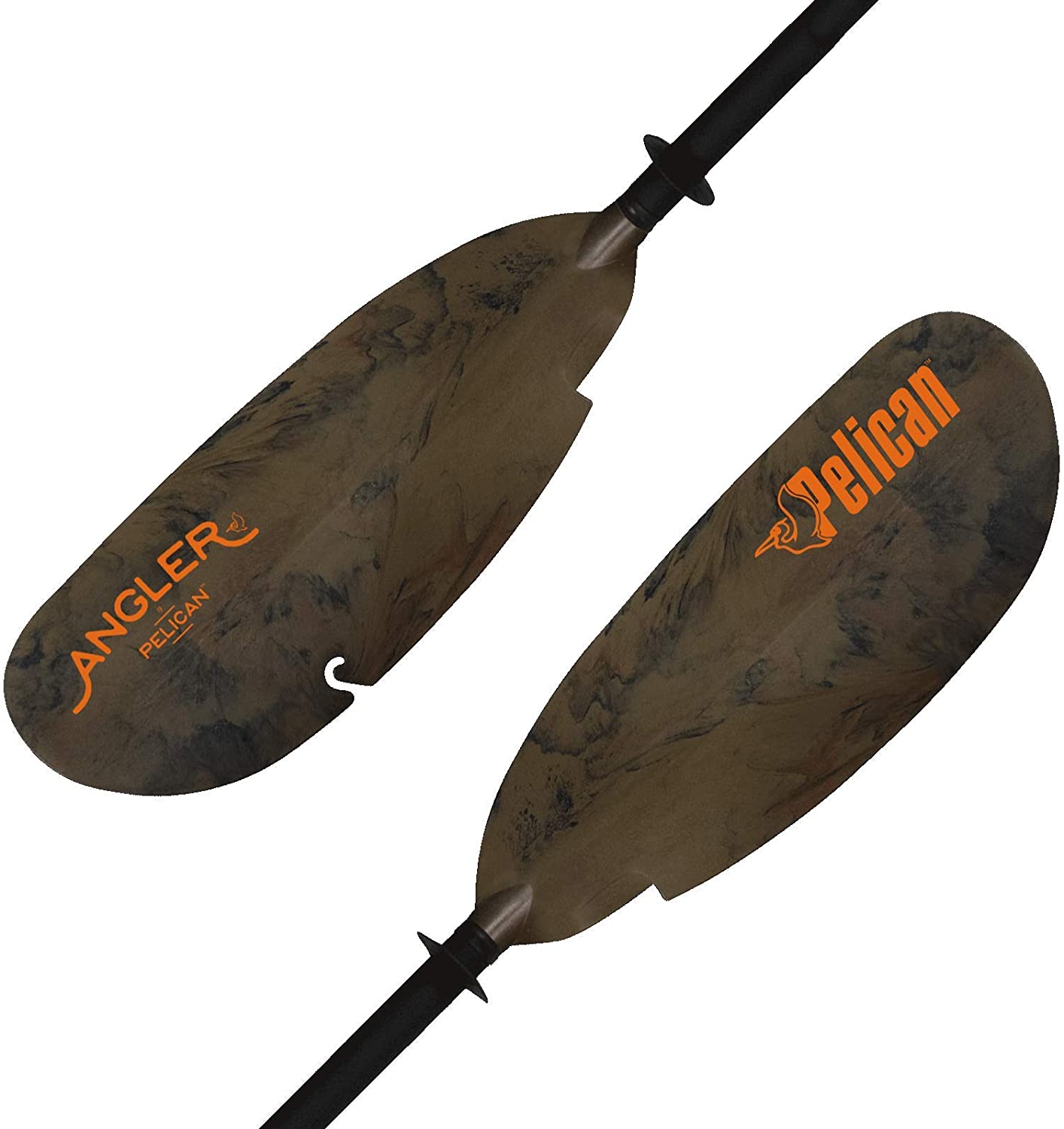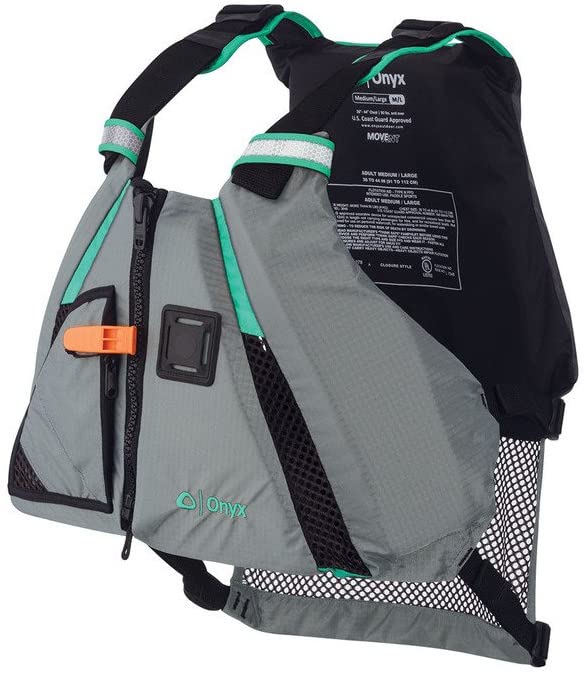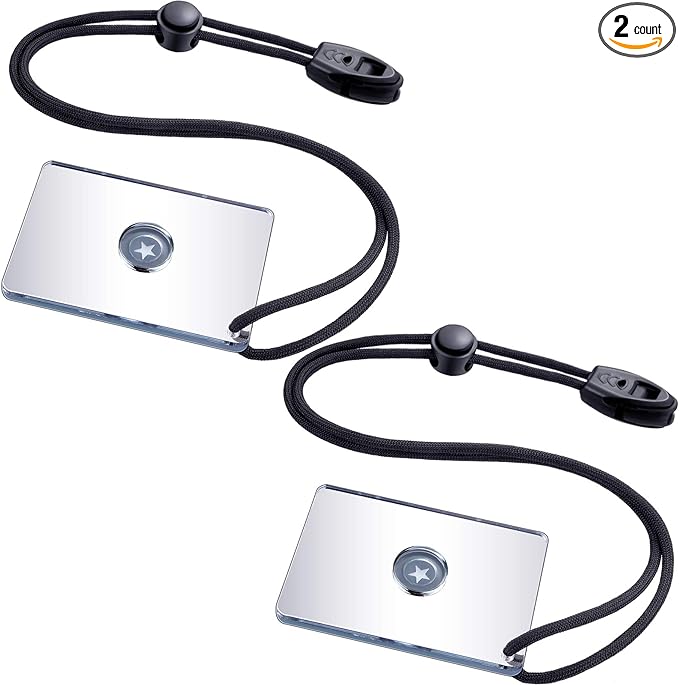Getting ready for your very first kayaking trip? Everything about how to kayak or canoe from choosing your equipment to learning kayaking skills and safety regulations is covered in our blog.
Introduction about How to Kayak or Canoe
Kayaking and canoeing are two exciting and rewarding ways to explore the great outdoors while enjoying the tranquility of waterways. Whether you’re gliding through calm lakes, navigating down rivers, or tackling rapids, these activities offer a perfect blend of adventure and relaxation. However, before embarking on your aquatic journey, it’s essential to understand the basics of kayaking and canoeing to ensure safety and maximize enjoyment.
Furthermore, no matter where you live, you may explore any kind of river once you know how to kayak or canoe. Planning is necessary for a kayaking excursion, just as for any other water sport. To keep yourself safe on the water, you should also learn the fundamental paddle strokes and safety procedures.
You May Also Like:
How To Paddle A Kayak Without Getting Wet?
Top Stand-Up Kayaks for Fishing Reviewed
How To Go Kayaking While on Your Period: Be Safe & Comfortable
How to Improve Kayak Tracking Quickly
How to Deal With Unstable Kayak-Fix it Now
How To Lock Up A Kayak or Canoe – Guide To Keeping Your Kayak Safe
How to Kayak or Canoe: Beginner’s Guide
In this comprehensive beginner’s guide, we’ll dive into the fundamentals of kayaking and canoeing, providing you with the knowledge and skills necessary to embark on your own aquatic adventures safely and confidently.
From understanding the anatomy of your vessel to mastering essential paddling techniques, we’ll cover everything you need to know to navigate the waters effectively. Additionally, we’ll discuss safety protocols, gear essentials, and tips for choosing the right watercraft for your needs.
Whether you’re a complete novice eager to dip your paddle into the water for the first time or a seasoned adventurer looking to refine your skills, this guide is designed to be your go-to resource for all things kayaking and canoeing. So, let’s paddle forth and explore the wonders that await on the open water.
Getting Started: Choosing the Right Equipment
Before hitting the water, it’s essential to have the right gear. Here’s what you’ll need:
- Kayak or Canoe: Choose a kayak for solo adventures or a canoe for group outings. Consider factors like size, stability, and intended use when selecting your watercraft.

2. Paddle: Opt for a paddle that suits your height and paddling style. A lightweight paddle with adjustable shaft length is ideal for beginners.

3. Personal Flotation Device (PFD): Safety first! A properly fitting PFD is essential for every paddler, regardless of skill level. Ensure it’s Coast Guard-approved and worn at all times on the water.

4. Safety Equipment: Pack essentials like a whistle, signaling mirror, and first aid kit. These items could prove invaluable in emergencies.

Emergency Whistles with Lanyard Safety Whistle Survival Shrill Loud Blast for Kayak or Canoe

Signaling Mirror

Compact First Aid Kit (228pcs) Designed for Family Emergency Care
Essential Techniques: Mastering Paddling Strokes
Now that you have your gear, let’s delve into the fundamental paddling techniques:
- Forward Stroke: The basic forward stroke propels you forward. Sit upright, rotate your torso, and immerse the paddle blade fully in the water. Pull the blade back alongside the kayak or canoe, using your core muscles for power.
- Reverse Stroke: Need to stop or back up? The reverse stroke is your go-to. Simply reverse the motion of the forward stroke, pushing the water away from you.
- Sweep Stroke: Use the sweep stroke to turn your kayak or canoe. Extend the paddle blade away from the boat’s side and sweep it in a wide arc, exerting more force towards the end of the stroke.
- Draw Stroke: The draw stroke helps you move sideways or towards your kayak or canoe. Place the paddle blade perpendicular to the boat’s side and pull it towards you, keeping it close to the boat’s hull.
Safety First: Tips for a Safe Paddling Experience
Before hitting the water, familiarize yourself with these essential safety tips:
- Check Weather Conditions: Always check the weather forecast before heading out. Avoid paddling in severe weather conditions like storms or high winds.
- Stay Hydrated and Sun Protected: Bring plenty of water and sunscreen to stay hydrated and protected from the sun’s rays.
- Know Your Limits: Start with calm, shallow waters and gradually progress to more challenging conditions as your skills improve. Never paddle beyond your skill level.
- Tell Someone Your Plans: Always inform a friend or family member of your paddling plans, including your intended route and expected return time.
How to Get In and Out of a Kayak From a Kayak or Canoe
Getting in and out of a kayak or canoe gracefully is essential for a smooth and enjoyable paddling experience. Follow these steps for a seamless entry and exit:
Getting In:
- Choose a Stable Location: Find a calm and shallow area for easier entry. Ideally, the water should be knee-deep or shallower.
- Position Your Kayak or Canoe: Position your kayak parallel to the shoreline, ensuring it’s stable and not drifting away.
- Hold Your Paddle: Hold your paddle horizontally across the cockpit or canoe gunwales. This provides additional stability as you get in.
- Kneel or Sit: Depending on your preference and kayak design, you can either kneel or sit inside the kayak. If kneeling, place one knee inside the cockpit followed by the other. If sitting, gently lower yourself into the seat, ensuring your weight is evenly distributed.
- Slide Into the Kayak: Slowly slide your body into the kayak while keeping your center of gravity low and balanced. Use your hands for support and maintain a firm grip on the paddle.
- Adjust Your Position: Once seated, adjust your feet, so they rest comfortably on the footpegs or against the bulkhead. Ensure your knees are slightly bent and in contact with the thigh braces for stability.
- Secure Your Paddle: Now that you’re comfortably seated, secure your paddle within easy reach. You’re ready to start paddling!
Getting Out:
- Find a Suitable Landing Spot: Approach the shoreline slowly and choose a shallow area with a gentle slope for easy exit.
- Prepare to Exit: Before getting out, ensure your kayak or canoe is parallel to the shoreline and stable. Position your paddle horizontally across the cockpit or gunwales for added stability.
- Slide Out of the Kayak: If kneeling, carefully shift your weight forward and slide one leg out of the cockpit followed by the other. If sitting, lift one leg out of the kayak and place it on the ground, then follow with the other leg.
- Maintain Balance: As you exit, maintain your balance by keeping one hand on the kayak or using your paddle for support. Avoid sudden movements to prevent capsizing.
- Stand Up: Once both feet are firmly on the ground, stand up slowly while keeping a low center of gravity. Use your paddle or nearby objects for support if needed.
- Secure Your Kayak or Canoe: Once safely ashore, secure your kayak or canoe to prevent it from drifting away. You can use a paddle leash to tether the paddle to the boat for convenience.
- Retrieve Your Gear: Retrieve any gear or belongings from the kayak or canoe and ensure nothing is left behind.
Conclusion: Embrace the Adventure
With the right equipment, techniques, and safety measures in place, you’re ready to embark on your kayaking or canoeing adventure. Whether you’re exploring serene lakes, meandering rivers, or thrilling whitewater rapids, the journey promises unforgettable experiences and endless discoveries. So, grab your paddle, immerse yourself in nature, and let the currents guide you towards new horizons. Happy paddling!
Remember, the key to mastering kayaking or canoeing lies in practice and perseverance. Enjoy the journey, embrace the challenges, and savor every moment on the water. Safe travels, fellow paddlers!
